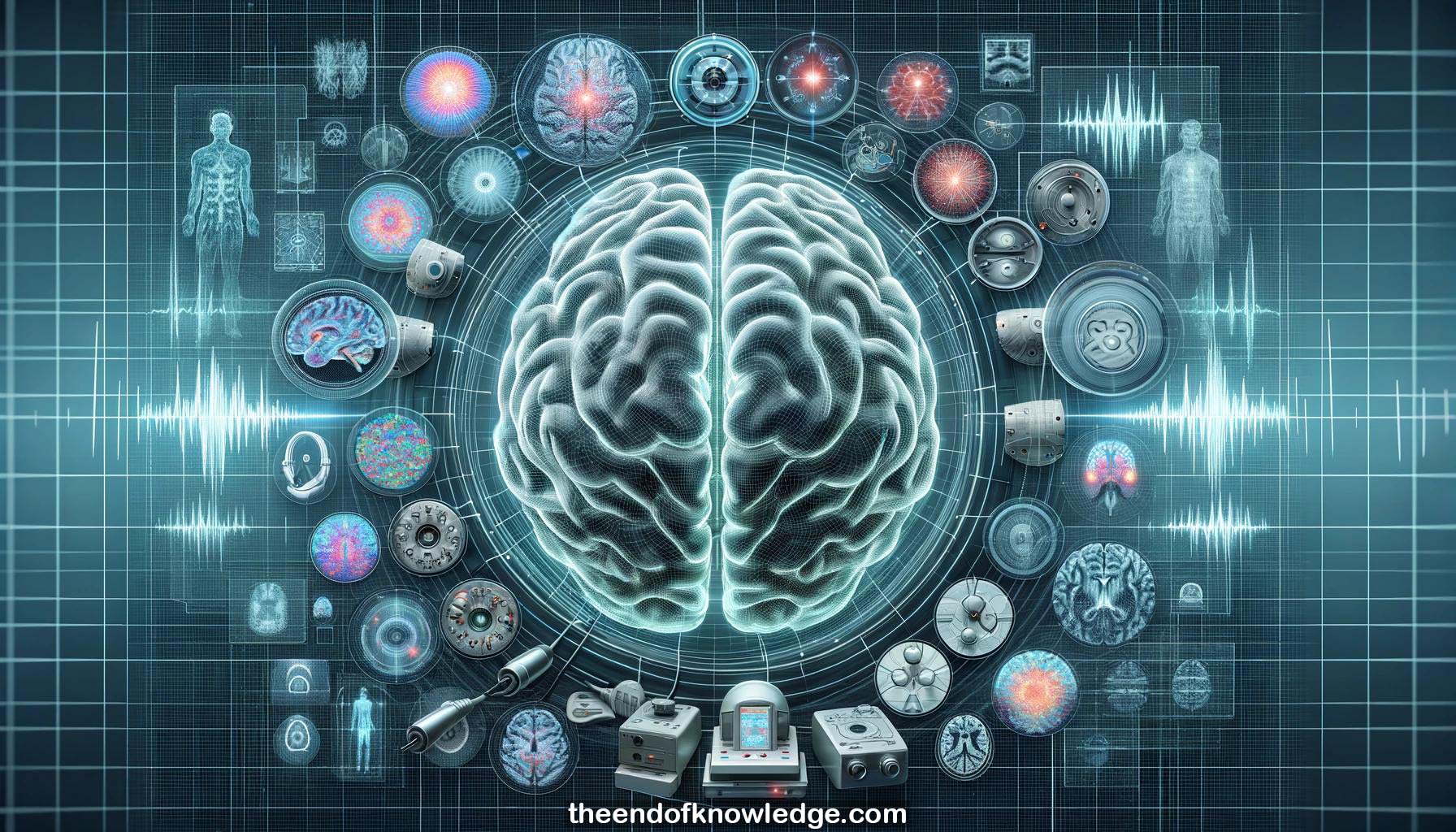 >
>
Concept Graph & Resume using Claude 3 Opus | Chat GPT4 | Llama 3:
Resume:
1.- Functional brain mapping during surgery preserves functional tissue in areas like motor, language, and visual cortex.
2.- Methods include high gamma electrocorticography (ECoG), fMRI, PET, electrical cortical stimulation (ECS), transcranial magnetic stimulation, and Wada test.
3.- High gamma (70-170 Hz) ECoG shows task-related power increases over 500%, localizing activation. Low frequencies like mu are more widespread.
4.- Activation co-localizes with low frequency suppression but is more focal. Random firing lifts broadband high gamma, indicating neural activity.
5.- Research shows high gamma predicts 28% of deficits alone. Resecting high gamma language areas decreases language scores.
6.- Glioma patients had longer survival when adding ECoG to ECS mapping. High gamma found critical areas ECS missed.
7.- Automated, real-time, intuitive ECoG mapping system developed (CortiQ) as alternative to complex fMRI. CE and FDA cleared.
8.- CortiQ uses common average reference, 200ms time windows, 70-170 Hz band. R^2 activation metric displayed on brain map.
9.- Two use cases: 1) Awake surgery with ECoG then ECS. 2) Two-stage with electrodes implanted first, then ECoG and resection.
10.- Montage creator aligns exposed cortex photo with electrodes. Grid/strip database has common models. SEEG aligned to CT/MRI.
11.- Paradigm editor creates picture naming or other tasks with 3s stimuli, 21s blocks, 4 tasks max. Visuals instruct patient.
12.- Mapping excludes bad channels, common average reference, starts task. Activations appear in real-time over baseline.
13.- Awake mapping detects tongue, auditory, hand activations matching anatomy in 9 min. ECS took 26 min. Passive listening activates language.
14.- Awake and anesthetized mapping corresponded well to ECS. CortiQ plus ECS reduced intraoperative seizures and increased glioma survival.
15.- CortiQ co-localized with fMRI language in 5/5 patients, ECS in 2/5. Mapped expressive and receptive language with SEEG.
16.- CortiQ SEEG maps grasping 400-500ms post-cue. Visual and expressive language activity follows picture naming dynamics.
17.- CortiQ results guide ECS. Stimulating at high gamma peak causes transient aphasia. Effect more likely before peak.
18.- ECS symptoms best match ultra high gamma (300-800 Hz), even better than 70-170 Hz. Suggests optimal stimulation timing.
19.- High sampling rate and downsampling enables ultra high gamma recording with low noise. Next step: integrated CortiQ stimulator.
20.- Red expressive language bubbles likely Broca's area not motor cortex based on anatomy. Some temporal dynamics between spots.
21.- Intracranial electrode localization uses MRI/CT coregistration in GTEC intracranial montage creator software, compatible with CortiQ.
22.- CortiQ is a certified integrated amplifier/software system using g.HIamp, not standalone software, to ensure quality.
23.- CortiQ central sulcus polarity inversion is somatosensory evoked potential, different from high gamma activation.
24.- ECoG electrodes can terminate seizures with closed-loop stimulation, similar to NeuroPace RNS, using grids or SEEG.
25.- Face activation is bilateral but right lateralized. Word form is left dominant. Specific face regions mostly right, some bilateral.
Knowledge Vault built byDavid Vivancos 2024